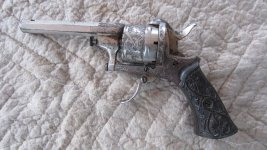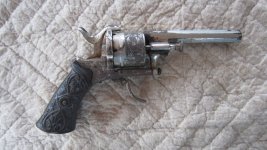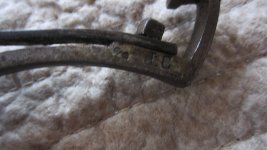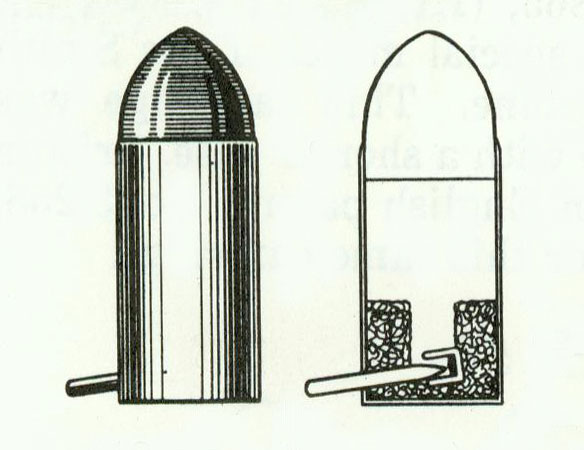This one has me completely stumped - the only marking on it is a "J.C" stamp I found when removing the grips. The gun itself appears to be a rimfire, and my guess is it's 30 caliber (give or take). The action on it is surprising smooth, and makes me think it's worth figuring out what exactly it is.
It belonged to my grandfather, who's been gone for 30+ years and not much help in this regard. I can imagine him cursing under his breath that my grandmother didn't bother to tell me anything about it (gone as well now).
EDIT: I should mention that it's a folding trigger if that wasn't clear from the image.



It belonged to my grandfather, who's been gone for 30+ years and not much help in this regard. I can imagine him cursing under his breath that my grandmother didn't bother to tell me anything about it (gone as well now).
EDIT: I should mention that it's a folding trigger if that wasn't clear from the image.



Attachments
Last edited:










